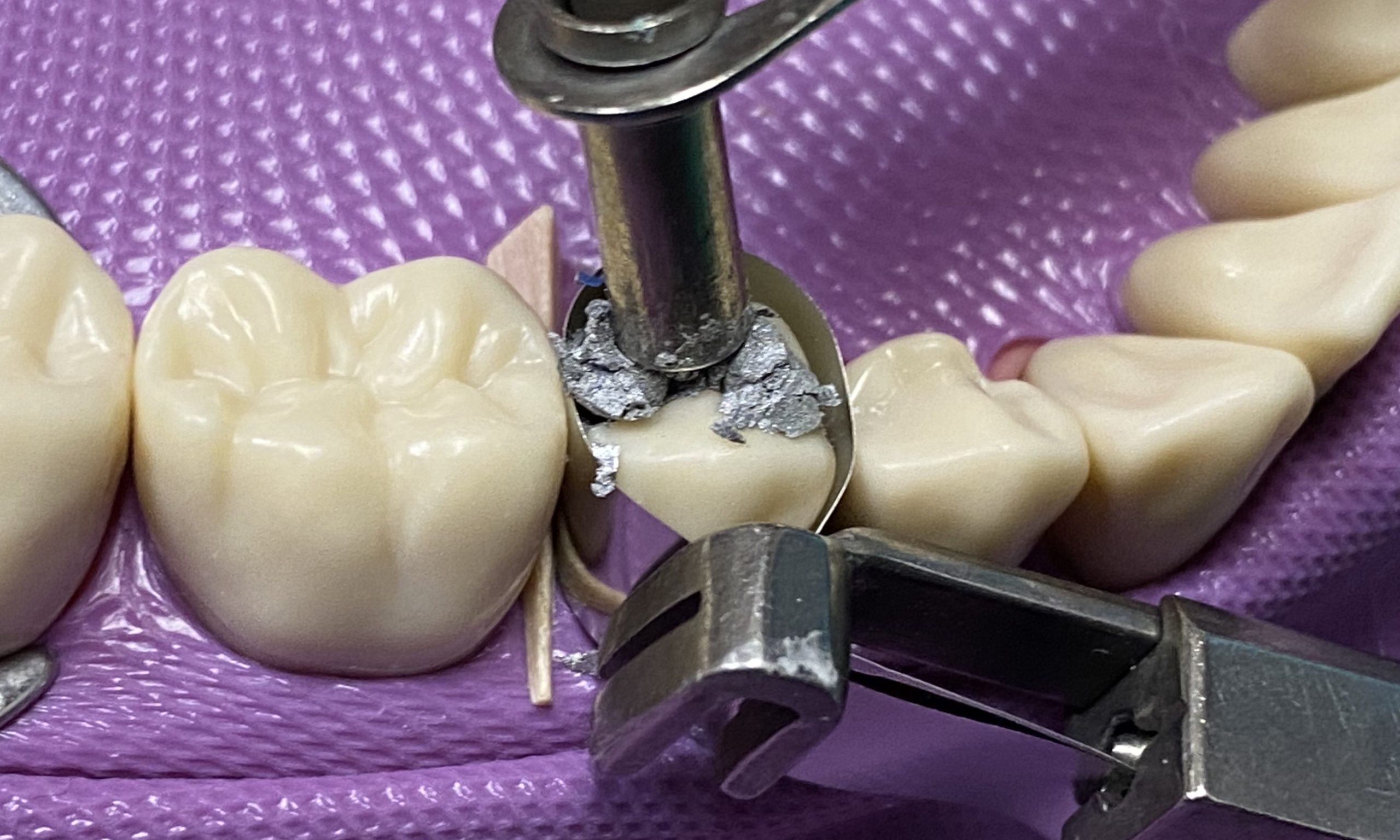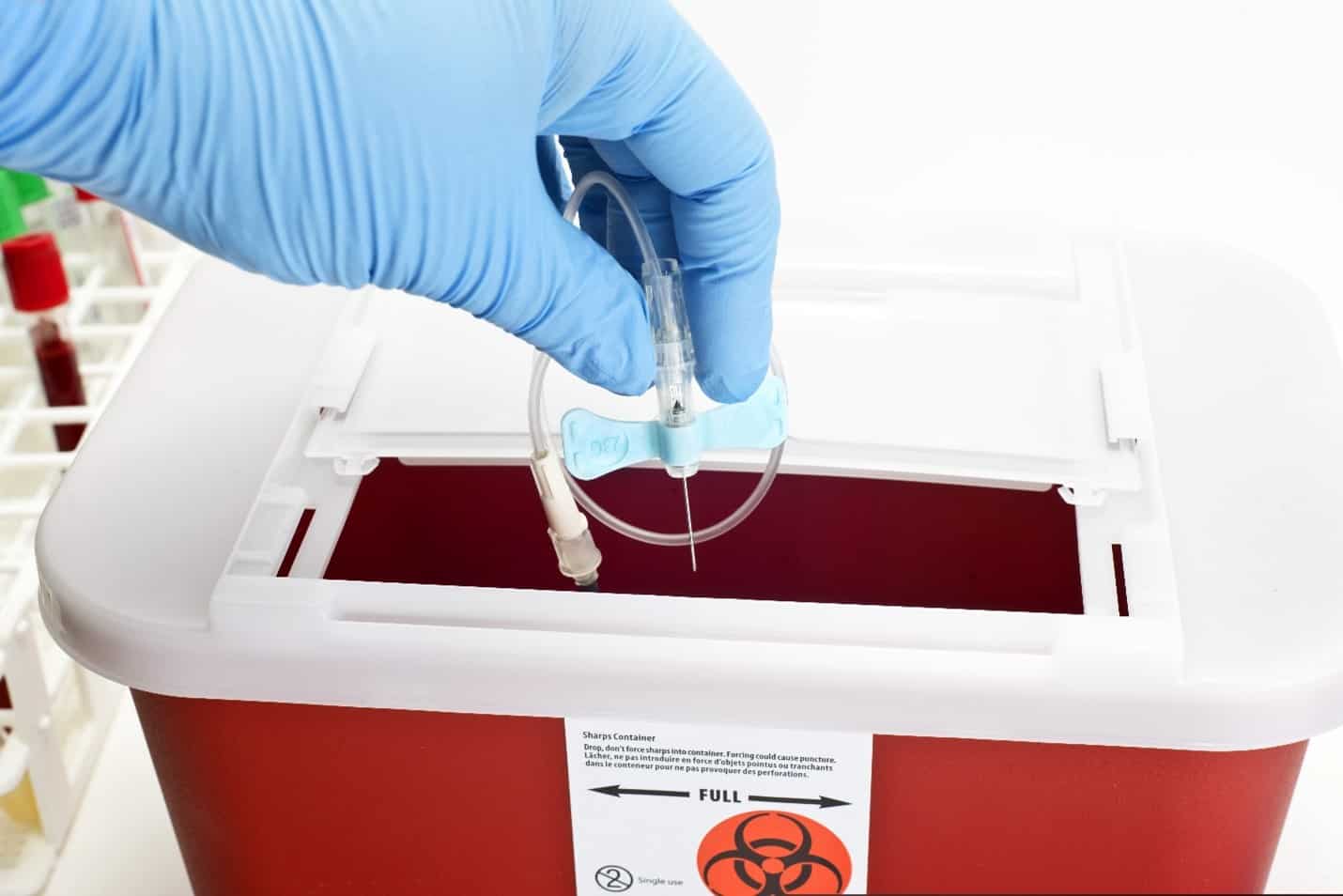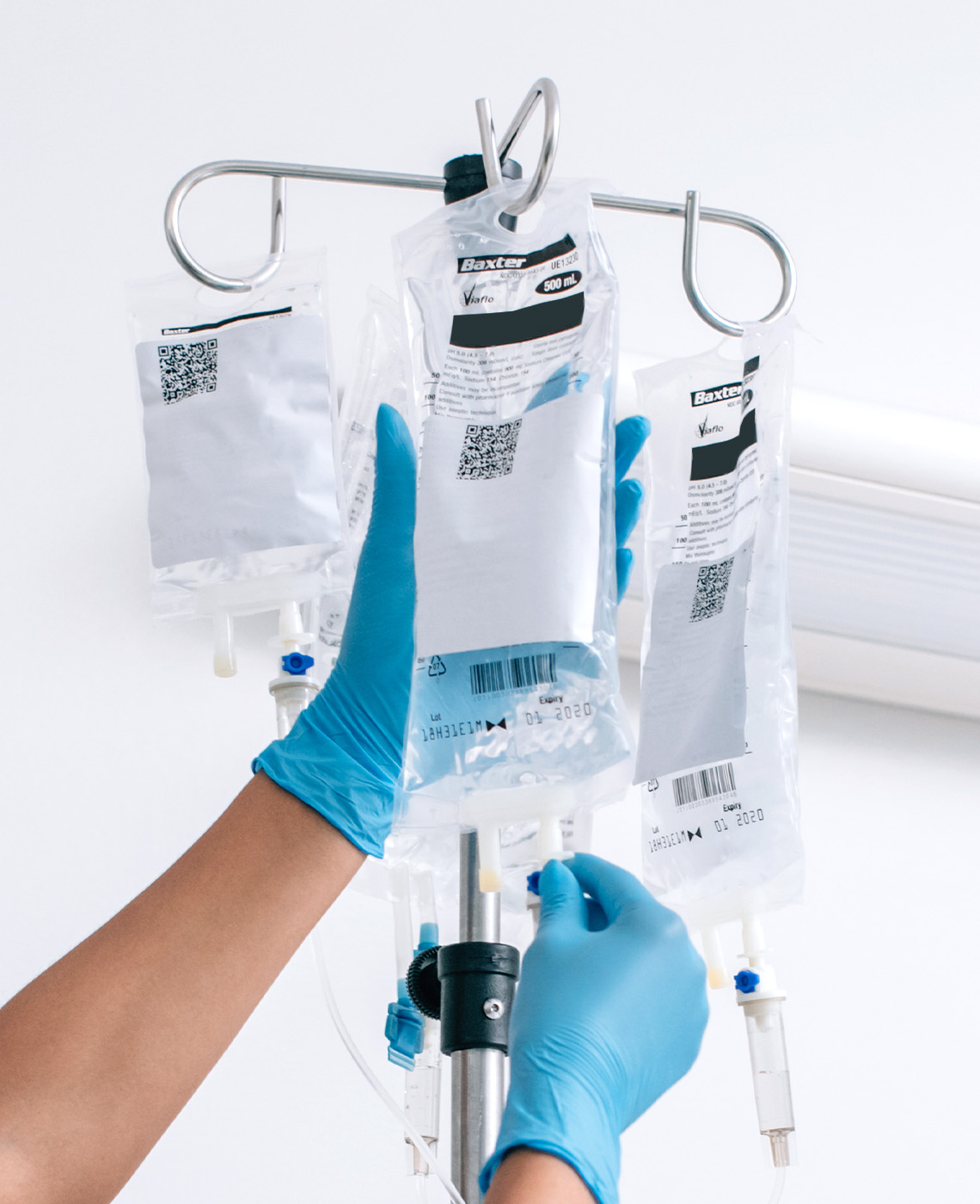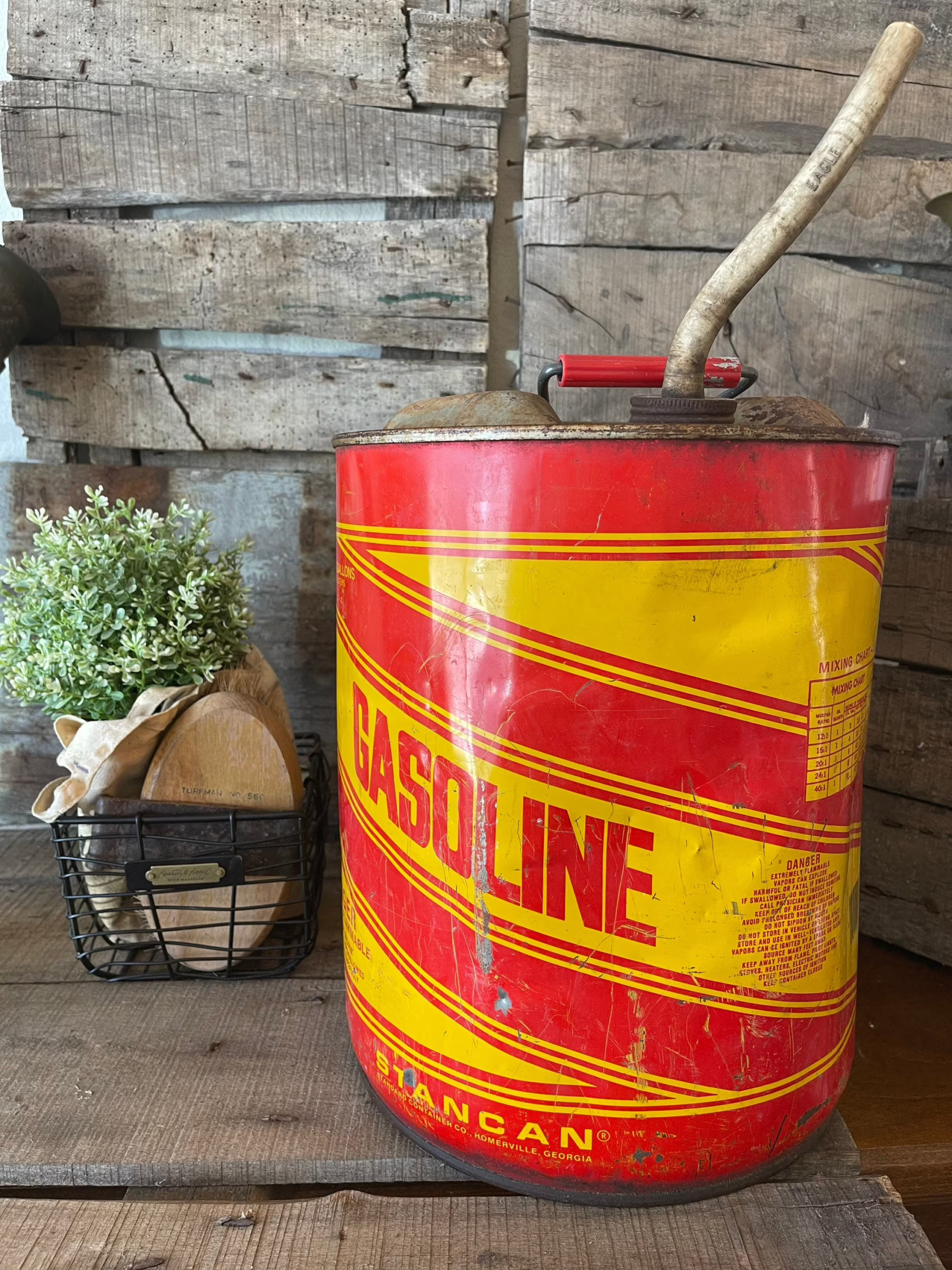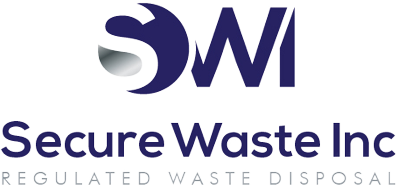Dental Amalgam Recycling Near You: Free Step By Step Guide With Expert Solutions From Secure Waste
Are you seeking assistance with dental amalgam recycling? If you’re a dentist looking for information on amalgam disposal, biohazard waste management, or sharps disposal, look no further. At Secure Waste, we offer comprehensive services in these areas and more. We proudly serve the regions of Maryland, Virginia, and Washington, D.C. Let’s explore the critical topic of dental amalgam recycling together.
Dental amalgams are widely used in restorative dentistry to fill cavities resulting from tooth decay. This durable alloy is composed primarily of silver, tin, copper, various other metallic elements, and mercury, constituting approximately 50% of its composition by weight. Due to mercury and other metals, dental amalgam frequently qualifies as hazardous waste under the Resource Conservation and Recovery Act (RCRA), which regulates its management and disposal.
Sources of waste amalgam are diverse and include, but are not limited to:
- Noncontact Scrap Amalgam: Material that has not been in direct contact with dental cavities but may have accumulated during procedures.
- Contact Scrap Amalgam: Any amalgam in direct contact with a patient’s tooth, including leftover material from fillings.
- Removed Amalgam Fillings: Fillings extracted from patients’ teeth during dental procedures.
- Prepared Amalgam: Portions of amalgam set aside for new fillings but ultimately unused.
- Used Amalgam Capsules: Packaging that contained amalgam material before it was mixed and applied.
- Extracted Teeth with Amalgam Fillings: Teeth were surgically removed, but still contain amalgam restorations.
Chair-side Traps, Filters, and Amalgam Separators are Devices used in dental offices that capture waste amalgam particles before they can enter the wastewater system.
Mercury is a well-known bioaccumulator, meaning it can accumulate in living organisms and progressively concentrate as it moves up the food chain, posing significant environmental and human health risks.
Consequently, preventing mercury from being released into the environment is essential in dental waste management strategies. This goal underscores the importance of employing best practices for safely handling, recycling, and disposing of dental amalgam, safeguarding public health and the environment.
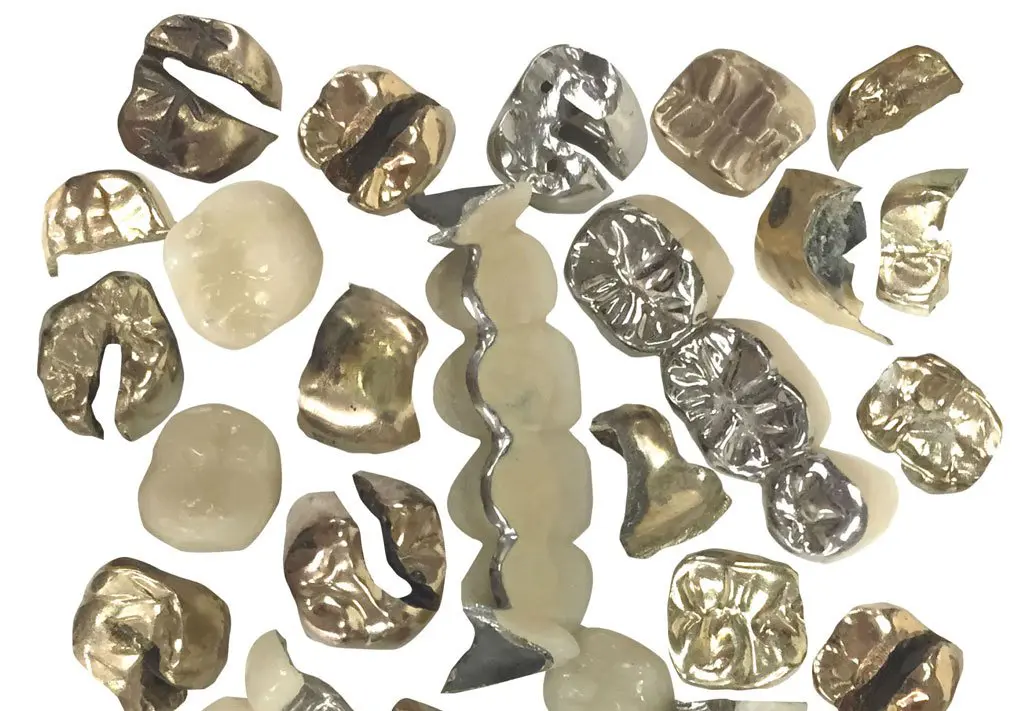
DISPOSAL OF DENTAL AMALGAM WASTE
Amalgam waste, which contains mercury and other metals, poses significant environmental and health risks if not disposed of properly. It mustn’t be discarded in the regular trash, infectious waste containers (commonly identified by red bags), or sharps containers, as improper disposal can lead to harmful contamination.
When regular garbage or medical waste is incinerated, mercury can be released into the environment, exacerbating pollution and posing risks to public health.
To safeguard the environment and comply with regulations, amalgam waste should never be rinsed down the drain. Doing so can contaminate the sanitary sewer system or storm drains, ultimately affecting water sources and ecosystems.
Two environmentally responsible options exist for the disposal of dental amalgam waste: scrap metal recycling and hazardous waste disposal. Amalgam waste can be recycled safely and legally through a specialized retort process, which not only separates and recaptures the mercury from the amalgam but also recycles other valuable metals in the alloy, including silver and copper.
This closed-loop system ensures that the metals can be reused in manufacturing new products, significantly minimizing waste and reducing the demand for new raw materials.
If recycling is not feasible, dry dental amalgam waste must be managed appropriately and recycled by a hazardous waste company like Secure Waste, as federal guidelines and local regulations require. This ensures that the waste is handled safely, mitigating any potential risks of mercury exposure. Proper disposal complies with legal requirements and protects the environment and public health.
American Dental Association: A Deeper Look Into Dental Amalgam Management
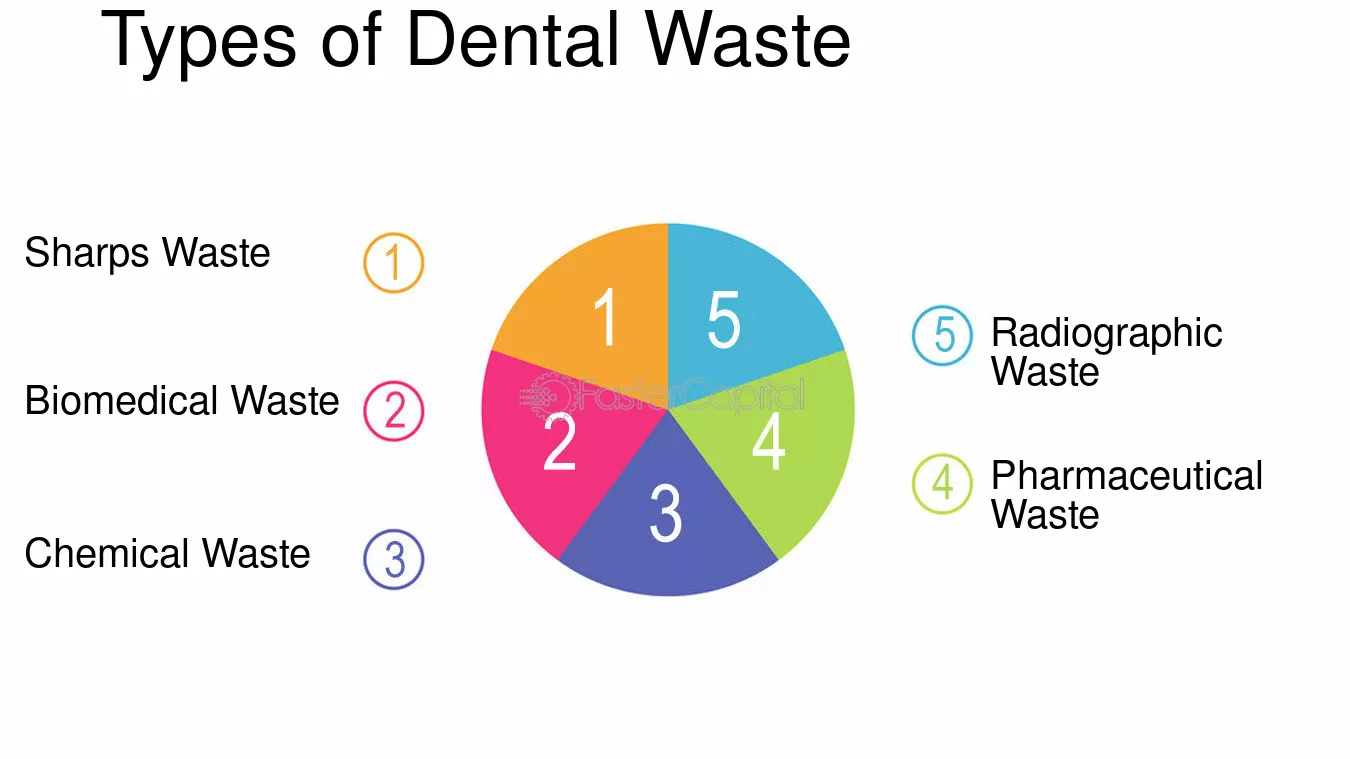
Waste Management In The Dental Clinic
Effective waste management in the clinic is crucial for maintaining a safe and compliant operational environment. The collection and labeling procedures for scrap amalgam are contingent on the selected disposal method. Certain practices, such as the maintenance of chair-side traps, will remain unaffected by the chosen disposal route.
The chair-side traps must be meticulously cleaned regularly, and the basket filters, which capture the amalgam waste, should be emptied with care. All amalgam waste collected from the traps and any non-contact amalgam waste generated during procedures should be gathered in closed containers. While accumulating in the clinic, this waste must be collected dry, not saturated, or submerged in any solutions.
For those opting to recycle this waste, the containers must be distinctly labeled to signify that the contents are intended for recycling. Conversely, if the amalgam waste is destined for hazardous waste disposal, it must be handled by local and state regulations governing hazardous waste management. Specifically, the areas where these waste containers are stored should comply with hazardous waste regulations for satellite accumulation.
The containers should remain securely closed, except when new waste is being added, and they must prominently display labels indicating their contents as amalgam waste. Depending on local guidelines, labels that read “hazardous waste” may also be necessary to ensure compliance.
When multiple operatory chairs are present within a single room, collecting amalgam waste from each chair in a centralized location is advisable. This centralized collection point should be considered a Satellite Accumulation Area (SAA). I highly recommend you consult with the Preventive Medicine Environmental Science and Engineering Officer (ESEO) and/or the installation’s environmental office to ensure the proper placement and management of the SAA(s) and facilitate the appropriate turn-in of the amalgam waste.
The dental clinic operatory chair collection sites serve as permissible points for the generation and preliminary movement of waste; however, the consolidation into a centralized SAA is acceptable provided that the amalgam waste remains “at or near” the point of generation and is maintained “under control.”
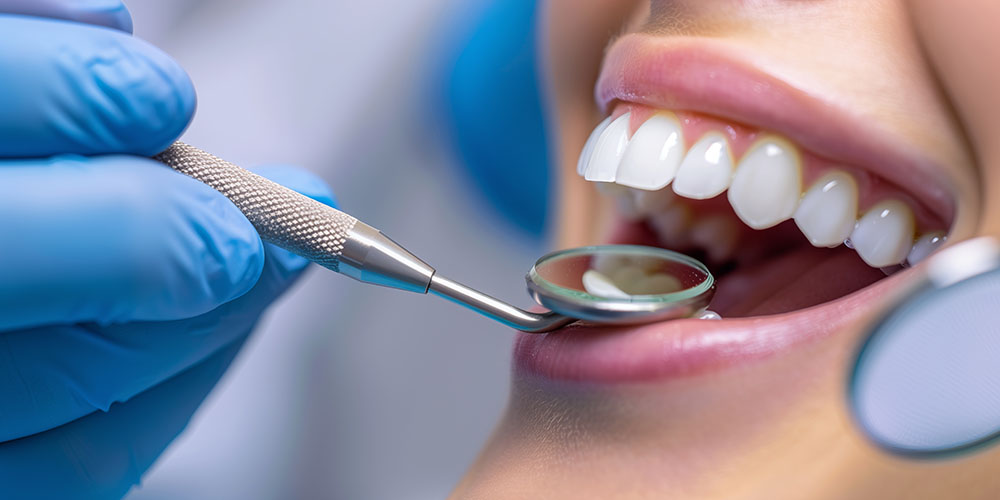
Recycling Dental Waste, Including Amalgam, And Medical Waste Management
Many states now mandate the recycling of dental amalgam, particularly due to its mercury content, which poses environmental risks. To ensure compliance, please consult with your installation’s ecological office to see if your state has specific requirements for mercury recycling. Clinics must demonstrate that their amalgam waste is recycled, a responsibility outlined for waste generators.
To initiate an effective recycling program for amalgam waste, it is essential to select a reputable company that adheres to all relevant federal and state regulations. Consider the following important factors: Is the company recycling the mercury by reclaiming it and responsibly reselling it back to industrial sectors, or are they merely sending it to another facility for disposal? Also, does the company provide documentation confirming that your mercury waste has been appropriately recycled?
It’s also essential for you to check with your installation environmental office regarding the proper procedures for shipping your mercury waste to the recycling facility. This could involve specific guidelines, such as whether your waste can be sent without special requirements or must be transported on a hazardous waste manifest.

CHAIR-SIDE AMALGAM SEPARATORS
In response to the Environmental Protection Agency (EPA) guidelines aimed at minimizing mercury discharge into the environment from dental facilities, the Dental Command has strategically installed advanced amalgam separators at each patient’s chairside across all dental clinics. These separators are designed to effectively capture and isolate amalgam waste, ensuring compliance with environmental safety regulations.
The separators can replace traditional chair-side traps and disposable filter baskets or be installed with these existing systems to enhance waste management efficiency. Each amalgam separator comprises a specialized filter engineered to trap solid amalgam particles and contain liquid and sludge byproducts from dental procedures.
It is important to note that the separator’s filter and collected contents require careful handling and must be sent for off-site processing to facilitate proper recycling and disposal. This process not only aids in environmentally responsible waste management but also underscores dental clinics’ commitment to sustainable practices and the protection of public health. Comprehensive training on using and maintaining these separators is provided to ensure compliance and optimal performance in reducing mercury discharge.
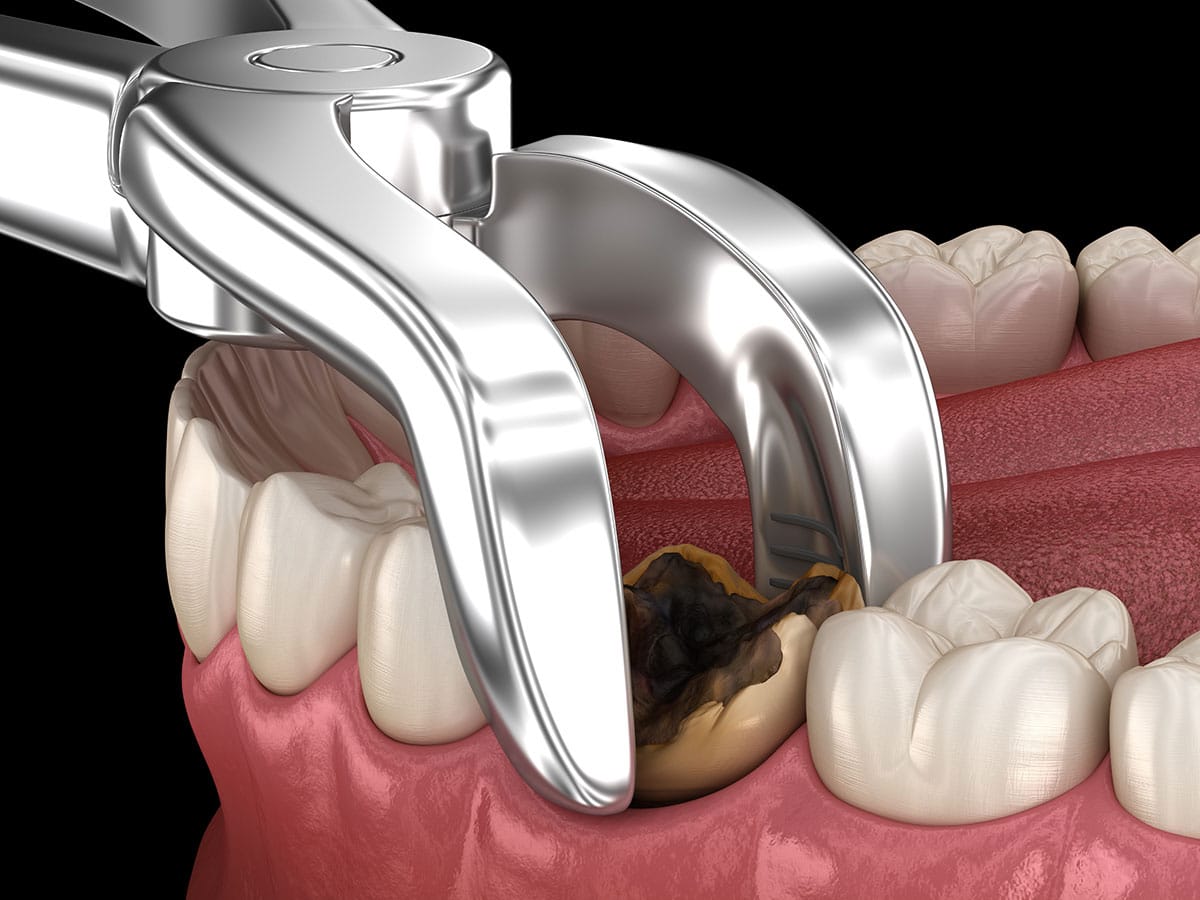
EXTRACTED TEETH
Extracted teeth containing amalgam fillings represent a distinct waste stream with properties different from scrap dental amalgam. A representative sample of this waste encompasses the tooth itself and the amalgam filling, resulting in a sample composition that differs significantly from samples comprised solely of amalgam.
Numerous medical studies have substantiated that amalgam fillings do not leach mercury into the human body while they are present in the mouth. This is particularly significant considering that the fillings are constantly exposed to saliva, which possesses corrosive properties. The Assessment and Policy on Hazardous Contaminants (APHC) has undertaken an extensive multi-year hazardous waste characterization study focusing on extracted teeth with amalgam fillings. To date, all samples tested have been categorized as nonhazardous, indicating that the filling alloy remains stable and that mercury levels do not exceed the thresholds established by regulatory standards.
Due to varying state regulations, I would like to point out that extracted teeth are distinguishable from scrap amalgam. In several states, extracted teeth are classified as pathological medical waste, which imposes specific disposal requirements. If disposed of as regulated medical waste, it is crucial to ensure that these materials are processed through a treatment and disposal method other than incineration, as incineration may pose additional hazards. To understand the disposal method, I’d like you to look at the Regulated Medical Waste (RMW) contracting officer’s representative.
Now that you have a more comprehensive understanding of Dental amalgam recycling, don’t hesitate to contact Secure Waste.
We provide reliable, compliant, eco-friendly medical waste disposal solutions for your facility’s needs. We have expertise in biomedical, hazardous waste, and Sharps container disposal. In addition, we provide customized waste management plans, including secure collection and transport, and sustainable disposal practices.
Contact us today for a FREE Waste Assessment, or request a quote online!

Expert Medical Waste Management: With over 25 years of industry experience, Secure Waste is a trusted local leader in hazardous and biohazardous waste disposal across Maryland, Virginia, and Washington, D.C. Specializing in medical waste management, sharps needle disposal, and biohazard waste removal, the company ensures full compliance with federal, state, and local regulations while prioritizing environmental sustainability.
The company also offers additional services, including secure document shredding and sharps container sales, providing comprehensive solutions for healthcare facilities and businesses. Our cost-effective services help clients maintain regulatory compliance without unexpected costs.
With a commitment to customer satisfaction, Secure Waste offers tailored waste management plans that align with industry best practices. Their team of experts provides reliable, timely, and compliant services, making them the preferred choice for medical waste disposal. For a free waste quote or more information, visit www.securewaste.net
